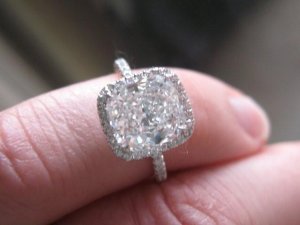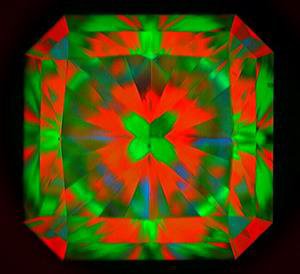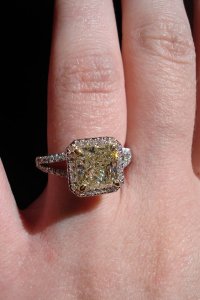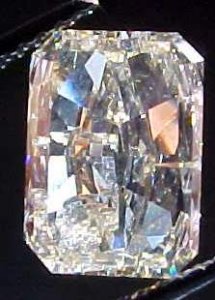asforhim
Rough_Rock
- Joined
- Feb 4, 2009
- Messages
- 81
From my experience in purchasig a radiant stone, those that are a bit on the shallow side perform much better. The one I purchased actually has more of the modified cushion appearance and performs unbelievably in all lighting conditions (55.2% depth, 61% table, ration 1.07). It is a HW so clearly they are selecting out the best stones. I suggest you ignore the numbers and get images, see in person, etc.









300x240.png)